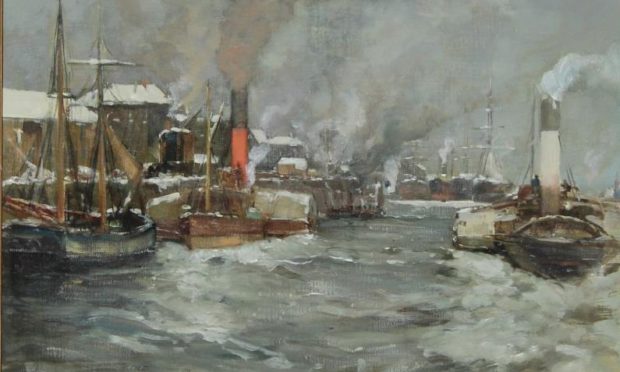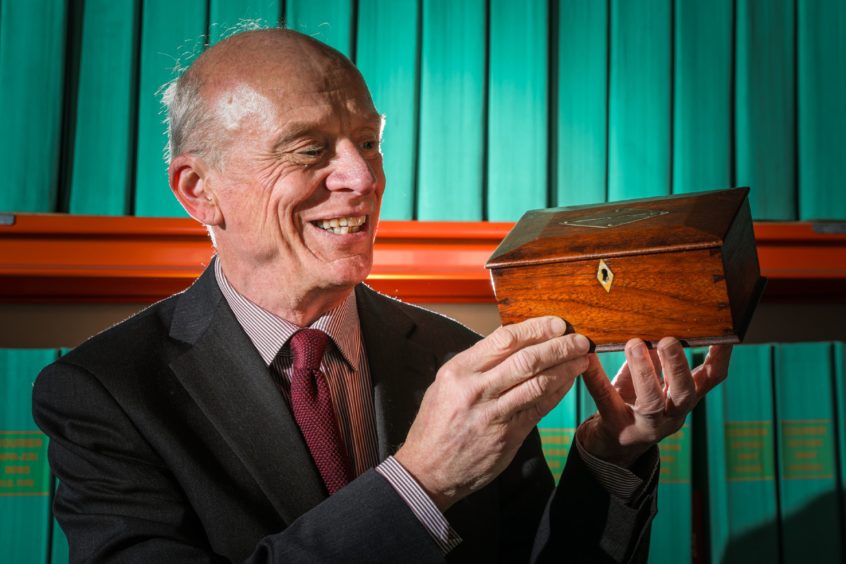Goodness knows how and why so many Scottish items end up far from ‘home’ – for example, the wintry scene of, probably, the Clyde at Glasgow which tomorrow goes under the hammer in the sunshine state of Florida.
The busy river scene Steamships in Winter was painted in the final years of the 19th Century by the Scottish artist James Kay and appears for auction at Helmuth Stone in Sarasota.
Kay (1858-1942), one of my favourite artists, was a mixed palette of Glasgow Boy/French Impressionist with a dash of McIntosh Patrick.
He was born in the beautiful village of Lamlash on Arran. He followed in the footsteps of many islanders by migrating to Glasgow, where he took up a variety of jobs while painting in his spare time. He then attended Glasgow School of Art and became a fine colourist, perhaps influenced as much by Turner as by the emerging Impressionists.
Indeed, he loved to paint in France. He exhibited at the Paris Salon from 1894 and was a member of the Beaux Arts Institution. Yet while his brilliant and bold colour won him many admirers, he was never considered one of the Glasgow Boys.
His pictures are typically a joy to behold, full of life and colour, and the Helmuth Stone example is a bold statement of his skills.
Oil on canvas, 19 x 23 inches, Steamships in Winter was exhibited at the Royal Scottish Academy in 1898 and at the Paris Salon in 1902.
No estimate was available from the auction house at the time of writing, but I suspect it will sell for something north of £20,000.
Picture: Steamships in Winter (Helmuth Stone Gallery, Florida).











